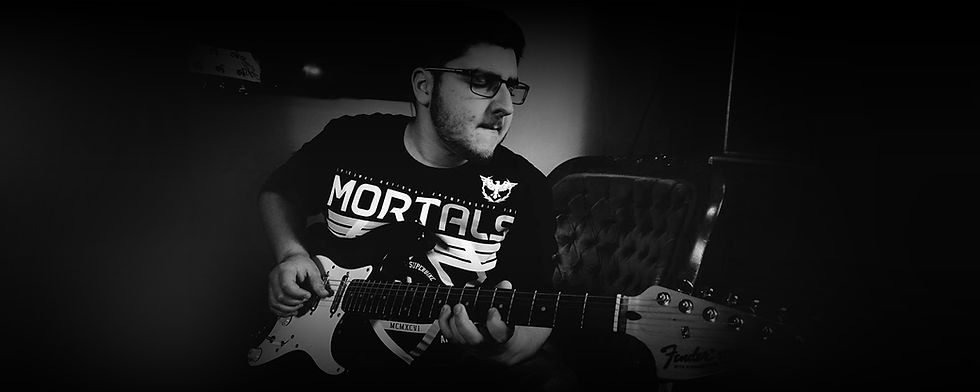What is the best first instrument to learn?
- Jan 8, 2020
- 3 min read

What is the best instrument to start learning music with?
This is a question we are often asked, and quite simply, there is no one definitive answer. The answer is how you supplement the instrument you want to learn.
I have been working in the music industry and particularly in education for over 20 years and worked with thousands of students. As an experienced musician from an industry and education perspective, I have been able to define what works best from all the case studies and student journeys I have learned from.
If we look at the learning music from a holistic perspective and not from a per instrument perspective it becomes really clear on what students should focus on .
Rhythm
It is incredibly important to grasp a clear understanding of rhythm is and how it works. National Music Academy focusses on immersing students with the basic concepts of rhythm that includes clapping in time and being able to understand where the first beat of the bar is.
As an experienced guitar teacher, it has been a consistent theme that elements of rhythm and groove are particularly tricky for students to obtain if these are not focused on when developing rhythmic principals early in their musical development.
Drums or any form of percussive instruments should be part offer students musical education regardless of the instrument they play. No matter the genre of music from classical to the most complex jazz improvisation, rhythm is critical in expressing musical ideas. All students should understand how to read basic rhythmic notation and be able to identify a time signature.
I often recommend students do at least one term of drum tuition as they progress as this assists students regarding their rhythmic development no matter what instrument they are learning.
Harmony
The most comprehensive harmonically laid out instruments is the piano. Notes on a piano clearly labelled by black and white keys and visually represent tones and semitones so students can quickly understand intervals and chord structure.
Students that are learning other instruments outside of the piano should have exposure to a piano to assist in understanding applied theory. We often use an online version when teaching theory so students have access to a piano keyboard to help them understand what they are learning on the master of all harmonic instruments.
Technology
Musicians regularly news technology as a part of their musical development. Technology in music consists of learning how to record, learn theory, read music, and understand sound design.
Learning to DJ is a fun and interactive way to understand rhythm, technology, and musicology, which is the study of music. Students who are exposed too many different genres, understand tempo, and what stylistically defines a genre of music have an advantage when learning an instrument. This approach in particular helps immensely when they start to create music or commence songwriting. This is also the start for many student in capturing a manipulating sound ( recording), which then leads to greater musical creativity and music production.
Your internal instrument!
Your voice and learning to sing and express musical ideas vocally is essential. When students learn to improvise teachers always have them sing the phrase and went they have to breathe the phrase is complete so they take a musical rest before expressing the next idea. It's an amazing tools as it's the instrument you always have with you and all musicians should be able to sing a melody and express a music idea vocally.
So which instrument is the best, to begin with?
At National Music Academy, we believe passion and being inspired is one of the precise drivers the students who become accomplished or progress quickly in their chosen instruments. We also encourage students to explore Harmony, rhythm, and technology as this approach allows students to understand music holistically not just from their instruments perspective. Learning to play with others in a band or ensemble involves students understanding the parts that make up the greatest sum. In summary, pick an instrument that inspires you and as you progress, make sure that you top up your musical knowledge by dipping your toes into the world of other instruments as you progress. If you do this, you will find you will progress much faster in your chosen instrument and have a clear understanding of how music works.


Comments